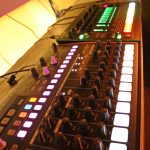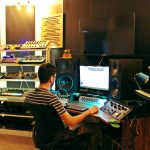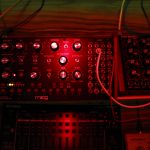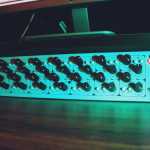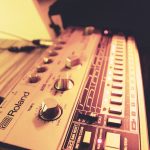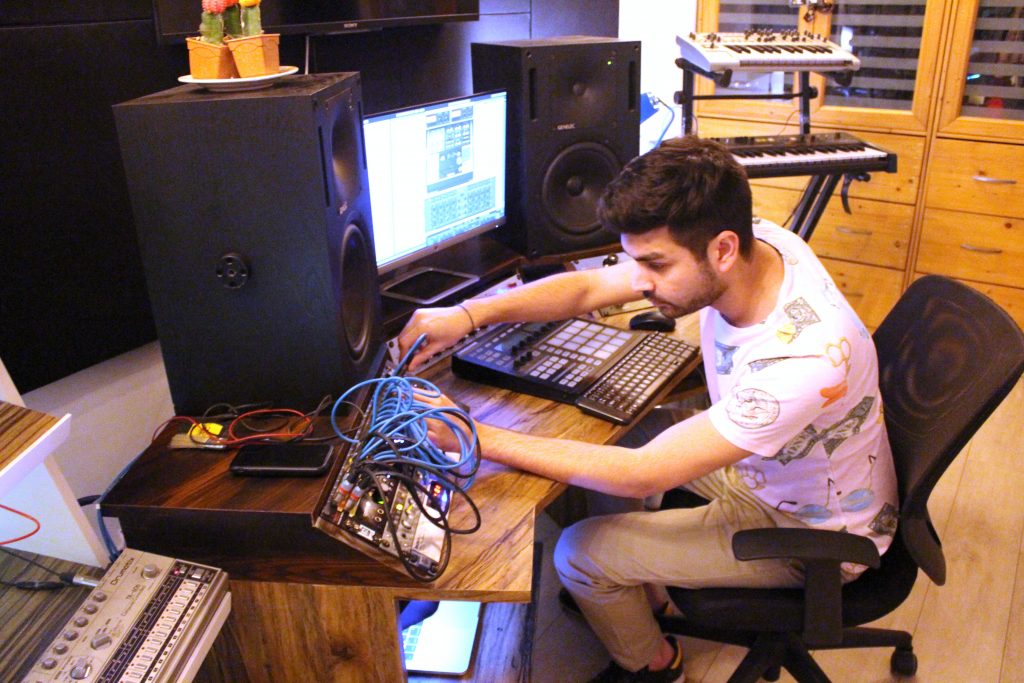Nakul gives a complete tour of his recently built studio and the equipment used and how he organizes and plans out his work
Studios are basically split into three types- Recording, Mixing and Mastering and are built to serve these very purposes. However, with the rise of electronic music and bedroom producers, the three are often combined into one multi-purpose unit run by one artist who is not only the producer but the recording engineer, the mixing engineer and often even the mastering engineer. I too am an Electronic Music Producer and DJ and have purpose built my studio around the production and mixing of the more underground side of house and techno music.
Studios can be further broken down into ITB (In the Box), OTB (Out of the Box) and Hybrid (ITB+OTB) which get this nomenclature based on their workflow and signal path. My studio is a Hybrid, which means I use both ITB (Computer/DAW based) and outboard gear processing/production. I wish I could have it all OTB but that would have meant my parents throwing me out of my house, probably with a bowl in my hand to beg for some money.
Talking about the complete equipment and software list, let’s get on with the outboard gear first. I currently use a Universal Audio Apollo 8 Quad Interface patched up via ADAT to a PreSonus DP88 which helps me expand the I/O’s of the Apollo and enables me to connect all my synths, drum machines, processing units and future outboard gear to the Apollo 8 which otherwise has only 8 line in’s. I do not use the DP88 for it’s pre-amps. Instead I just use it as an expander for my audio interface. I then have an EQP-WA Tube Equaliser and a WA76 solid-state compressor/limiter which are the Warm Audio clones of the legendary Pultec EQ’s and the UREI 1176 respectively. These go on every single track that I make, provided the channel I am using it on is mono (usually kick, snare, bass, lead vocals, parallel crushing etc.). Since they are single channel units, they can only process in stereo if used in pairs but I do not have pairs of each at the moment so I do only mono processing on them. Moving further, I have an Audient ASP800 which I use only for it’s HMX and Iron saturation effects usually on kicks and snares and sometimes on synths. The final glue point for my mix downs is my most prized possession – The NEVE 5059 Summing Mixer. After finalizing a surgical mix-down in my DAW using UAD and Waves plug-ins, I can pass up to 16 channels/stems into the 5059 and back into the DAW to the print the final mix, which then goes for mastering. I do not master any of my productions.
In terms of equipment that actually produces the sounds that I use for my productions, I have an NI Maschine, Roland TR606, Roland TR8 and Arturia DrumBrute as my drum machines. My small collection of analog and digital synths includes a Moog Mother 32, Dopefer Dark Energy 2, Arturia MicroBrute, Roland TB3, Roland JP-08, Roland RS-09, Novation BassStation 2 and the Novation X-Station. I also have a few pedals like the RAT Distortion, TC Helicon Hall of Fame, MXR Carbon Copy etc. which I use to add effects and flavor as per the mood. A bit obvious but I also use a DBX Patchbay to connect all this gear to each other and also to the DAW.
Moving on to acoustics, I use a pair of Genelec 1032A Monitors for producing and mixing and a pair of Yamaha HS80’s for listening to records via my turntables. The Genelec’s are connected directly to the monitor outs of the Apollo 8 and the Yamaha’s to the out’s of my DJ mixer. The room is acoustically treated but not isolated as I do not record any live instruments or vocals. The acoustic treatment consists of a mix of glass wool absorption panels, bass traps and wooden diffuser panels. This was the only thing in the Studio which was handed out to an expert to design and implement. If you come back to me after 5 years, I’ll hopefully have a lot more to write about gear but I guess this is all I have for now.
How I organize, plan, and prioritize my work.
This can be best described in a few essential steps that I follow:
1. Clean and Organised Workplace: Before I sit on my desk I make sure there is no dust and cluttered bullshit lying around. You need to have a connection between yourself and your canvas, which is your DAW or gear. Unnecessary clutter around you interferes with this connection.
2. The Vibe: I always try to create a vibe that helps me stick to my desk for hours and hours. I’ve make sure to have some greenery, mood lighting, paintings, air fresheners or anything that sets the mood. Water, beverages and munchies are a must to be stocked up. You can’t be leaving your desk every half an hour to get water, get some air or food.
3. Pen, Paper, Timer: It’s essential to make notes of things to do for a particular production or a mix down. It’s even more important to define a timeline for completion of each task. Hence – pen, paper, timer.
4. Templates: After a fair bit of experimentation, one can easily figure out his or her flow of work and the processing involved. You get used to your gear or plugins. You know what works on a kick and what works on a vocal. 90% of the times you will end up using the same plugins or processing on most of your individual channels. Therefore, if you already have a template with all these things already taken care of, it saves you time and your productions sound better from the start. I use a ‘production template’ and a ‘mix template’. My production template has pre-assigned channels with inputs and return tracks from all my outboard gear. My mix template is divided into multiple stems like kick, bass, snare, overheads, room, drums bus, bass, pianos etc. and already has all the necessary processing on it which I just have to tweak a little as per the track. Of course it also has readymade inputs and outputs to the 5059 for summing.
5. Referencing: No matter how good your room is, referencing is a must for me. I always reference from the point I start production to the point I finish a mix down. It’s very easy to get lost in a kick and bass loop for hours thinking it’s sounding good but when it’s heard with a similar sounding hit record, it sounds like garbage. Hence, I reference from the very start until and unless I’m making something very similar to records I have already produced.

